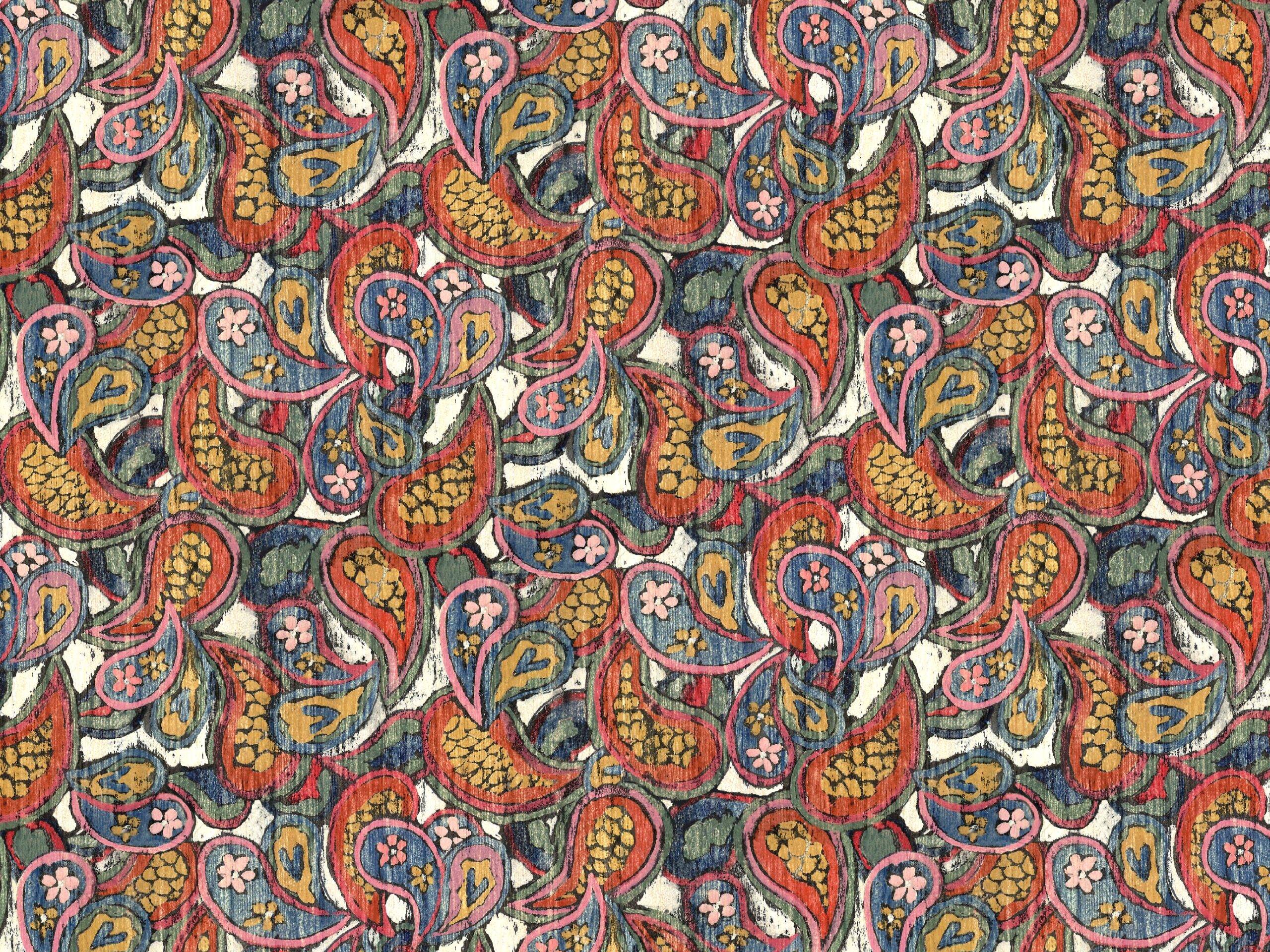
In the previous entry in this series, we conducted a thorough examination of the career of English mariner Sir Robert Dudley (1574–1649). This concluded with a discussion of the scientific instruments he left behind, now housed in the Museo Galileo in Florence. These instruments were crafted by various makers, and today I will focus on one that I haven’t yet explored in this series, James Kynvyn (c. 1550–1621)^1.
James Kynvyn does not quite conform to the expected profile of other English instrument makers from the latter half of the sixteenth century. As is often the case, little is known about Kynvyn’s early years. The information we do possess largely comes from his will, which is attributed to Jacobus Kynvin and dated September 1615. In this document, he is referred to as a citizen and Merchant Taylor of London. This is notable; Thomas Gemini (c.1510–1562) was an engraver upon arriving in England before he turned to instrument making. Humfrey Cole (c. 1530–1591), initially a goldsmith, worked at the Royal Mint as an engraver before taking up instrument making as a secondary pursuit. Both Gemini and Cole created maps as well. Augustine Ryther (fl. 1576–1593) earned more recognition as an engraver than as an instrument maker, best known for his engraved maps rather than his instruments. There are twelve known surviving instruments created by Kynvyn, but no maps or other engraving jobs. Additionally, the relatively lower quality of calligraphy on his earliest instruments suggests that he was not a particularly adept engraver at the start.
The Court Minutes of the Merchant Taylor Company, dated 26 October 1573, state:
First the Mr [Master] and Wardens aforesaide at the contemplacon of my Lord Mayor his Honour and the request of Sir Thomas Offley Knight have made free James Kynvyn per redempcon gratis.
Offley, a previous Lord Mayor, indicates that Kynvyn was being recognized by the Company upon the advice of esteemed City officials. This suggests that he or his family held a significant social status. This notion is supported by the Will of John William Kynvyn, dated 1617, presumably a brother of James, who refers to him as ‘gentleman’. James is mentioned in this Will along with another sibling, Edward Job. The marriage of James Kynvyn to Elizabeth Coke is recorded in the St Michael Bassishaw church register for January 1574. His home parish was Llantilio in Monmouthshire, and at the time of his death, he resided at ‘my dwelling house in Fleet Street London. All these factors indicate that Kynvyn was distinct from his contemporaneous instrument makers, who were skilled artisans trained from a young age. Kynvyn evidently came from a higher social background of the era, and it remains unclear how or why a tailor transitioned into becoming a scientific instrument maker.
Only twelve surviving instruments attributed to Kynvyn exist, all crafted within ten years of the earliest, which dates to 1593. This would have made him around forty when he first pursued instrument making, and he lived for another two decades after ceasing. We lack insight into why he began at that time or why he then halted after a relatively short stint.
The sole additional source of information regarding Kynvyn is a note penned by the Elizabethan critic and poet, Gabriel Harvey (1545–1631), in his copy of The Mathematical Jewel (1585) by John Blagrave (d. 1611):
His [Blagrave’s] familiar staff, newly published this 1590. The Instrument itself made and sold by M. Kynuin of London neere Powles. A fine workman and mie kind frend: first commended unto me bie M. Digges, & M. Blagraue himself. … Mr Kynvyn selleth ye Instrument in brasse.
In the same note, Harvey also mentions ‘old Humfrie Cole.’
‘neere Powells refers to the area surrounding St Paul’s Cathedral, and M. Digges is, of course, Thomas Digges (c. 1546–1595).
The earliest dated instrument from Kynvyn that has survived is a compendium crafted for Robert Devereux, 2nd Earl of Essex (1565–1601), a favorite of Queen Elizabeth and quasi step-brother to Robert Dudley.
Robert Devereux, 2nd Earl of Essex, by Marcus Gheeraerts the Younger. Source: Wikimedia Commons
Dudley’s father, Robert Dudley, 1st Earl of Leicester, who never married his mother, was the second husband of